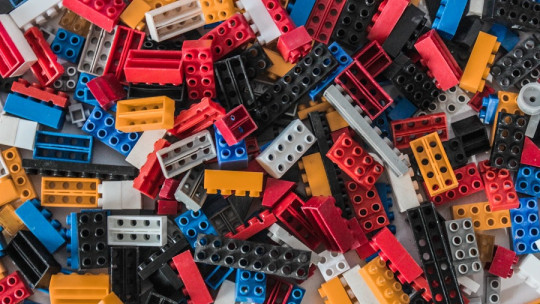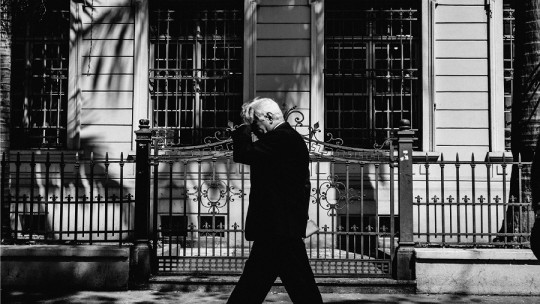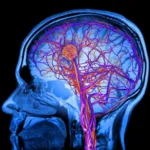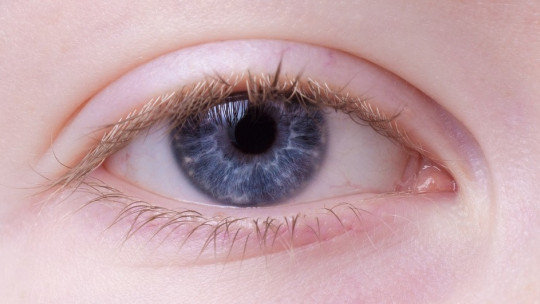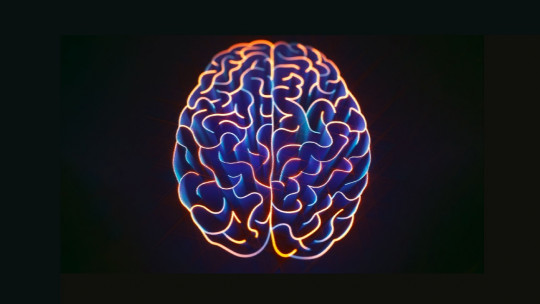Brain injuries can cause different disorders depending on the area that is affected and what their severity is.
One of the disorders whose cause is this are apraxias, there being multiple types depending on the symptoms and the brain area affected. Apraxias involve difficulties when performing sequential movements.
One of the best known apraxias is constructive apraxia , in which there are difficulties when making detailed and organized drawings or assembling objects, which is the topic of this article. Let’s see what it is, what are its causes, symptoms and treatment.
What is constructive apraxia?
Constructive apraxia is a disorder in which there is difficulty or complete loss of the ability to perform the sequential movements necessary to assemble an object or draw
Patients diagnosed with this type of apraxia have difficulties performing everyday actions, such as assembling furniture or drawing a simple drawing on paper.
These difficulties are not the result of motor problems, such as tremors or muscle rigidity, nor visual problems such as blindness. There is no loss of sensation, strength or muscle coordination
Nor is it that there is a deficit in understanding what should be done, that is, the patient understands what actions should be done to, for example, assemble a closet. The problem is that he does not carry out the sequence correctly and the action is disorganized.
Constructive apraxia can be identified by observing that the patient carries out apparently simple tasks in an inefficient and deficient manner such as copying drawings, building figures with blocks or assembling a puzzle.
Causes
Constructive apraxia is generally the result of a brain injury , usually in the right hemisphere and, specifically, in the parietal and occipital lobes. This injury may be the result of a stroke, head trauma, stroke, or cerebral ischemia.
It has been known for some time that visuoconstructive abilities, that is, those that involve using vision to organize movements to build objects, They have a bilateral representation in the brain, but there is asymmetry regarding their cortical organization It is the right hemisphere where there is greater specialization in visuoconstructive abilities.
This does not mean that there are no patients with constructive apraxia who present lesions in the left hemisphere; However, the characteristics are different from those who have the injury on the right.
When the injury occurs in the right hemisphere, patients. When evaluated through drawing copy tests, they tend to draw in detail, but with difficulties when showing the spatial relationships between the parts of the drawing. On the other hand, when the lesion occurs in the left hemisphere, the drawings tend to be less detailed, and are copied more slowly and with difficulties in drawing.
Although lesions in the parietal and occipital lobes are common, lesions can sometimes be found in the frontal lobes and patients with lesions in that area usually present problems with perseveration and planning in drawings.
Symptoms
Depending on the affected area, whether it has occurred in the right or left hemisphere, and the injury is severe or mild, the symptoms of constructive apraxia are highly variable. However, Generally, patients diagnosed with this disorder manifest the following symptoms :
Diagnosis
The diagnosis is usually made by a psychologist or neurologist The psychologist can administer different tests to know more exactly the characteristics of the patient’s constructive apraxia and the degree of functional impairment. Using neuroimaging techniques, it is possible to find the lesion and its extent, relating it to the severity of what was seen in the patient.
Two types of specialized tests are usually used to detect construction apraxia. On the one hand, there are assembly tasks, which consist of building blocks and assembling two- and three-dimensional models, such as puzzles, tangram figures or models. On the other hand, and being more used, there are drawing tasks, in which the professional orders a certain figure to be copied or the patient is verbally instructed to draw something such as a square, circle, cube, among other geometric figures.
Drawing tasks are the most used in practice due to how economical they are, since you only need to have paper and pens.
The tasks of copying drawings not only allow us to know what the patient’s artistic gifts are. They help us to see various cognitive aspects, such as visual perception, the ability to differentiate between the background and the figure, spatial organization, and hand-eye coordination. In addition, it allows us to observe how planning, memory, sequencing and attention occur.
Among the most used drawing tests we find Rey’s complex figure and the watch copy test The first consists of a figure without semantic meaning, that is, a very complex abstract drawing, while the second is the simple copy, either with a model or verbally, of a clock, something that is understood to be already known to the patient. anteriority.
Treatment
The treatment of this type of apraxia is usually done through motor therapies and insisting that you pay more attention to the parts of the drawing. Nevertheless, The best option is to intervene directly on the focus of the disorder , that is, on the injury, either surgically or through drugs. Complete recovery does not normally occur in apraxias, although this depends on the location and severity of the injury.
It is very important that the family is involved in the recovery and provide emotional support to the patient with this type of disorder so that they go to therapy and improve.
The special case of dressing apraxia
Although it has traditionally been related to construction apraxia, dressing apraxia has a series of particularities that differentiate it.
This type of apraxia has been related to an alteration of the body schema and a deficit in the movements necessary to dress. Nevertheless, It must be differentiated from constructive apraxia since the problems are related only to the acts of dressing and not in other areas such as the assembly of figures or the copying of drawings typical of apraxia explained in depth in this article.
Patients with dressing apraxia have their autonomy significantly affected: they put their clothes in the wrong order (e.g., jacket before t-shirt), they often manage to put the clothes on after making several trial and error attempts and actions. More complex ones, like tying your shirt or lacing your shoes, are true odysseys.
This type of apraxia can be accompanied by constructive apraxia, and has been related to lesions in the temporoparietal cortex of the right hemisphere and anterior cingulate cortex.

